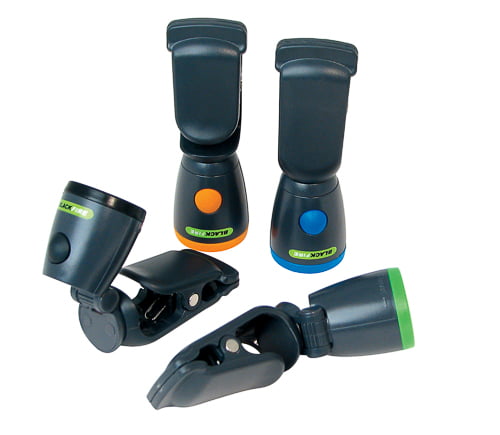

For this reason, many LED flashlights have circuitry to manage power consumption. Too much heat can damage an LED, and it gets less efficient as it gets hotter. The second way is to regulate the power used to illuminate the LED. The first is to physically draw off the heat by mounting the LED to a “heatsink,” a piece of metal, with a lot of surface area, that absorbs heat and allows it to dissipate. There are two ways to manage heat that may be employed independently or in conjunction with one another. And with some manufacturers vying to produce the brightest flashlight made, the heat generated can be significant. LEDs in flashlights, while more efficient than traditional bulbs, can still generate a fair amount of heat. What You Need to Know About LED Flashlights Because they’re more efficient, LEDs are brighter than incandescents using the same amount of power. Without a delicate filament suspended inside, the “emitter” is far more durable than a traditional light bulb.

The LED itself is a semiconductor that emits light when current passes through it. LEDs, on the other hand, are 70 to 75 percent more efficient than incandescent lights. Aside from this, light-bulb filaments in flashlights are notoriously delicate, breaking when jolted or dropped. The introduction of halogen bulbs proved to be more efficient, although they can still generate a lot of heat. In fact, according to as much as 90 percent of the energy required to illuminate an incandescent light is given off as heat. Traditional light bulbs are inefficient and waste a lot of energy.
#Blackfire flashlight pro
Longest Runtime: Rayovac Workhorse Pro 3AAA.Brightest with Alkaline Batteries: Energizer Tac 300.Best Tactical Flashlight: Streamlight Polytac USB X.But, while most LED flashlights are better than their incandescent predecessors, some are better than others-so it’s important to select the right model for the job.

LEDs in modern flashlights are brighter, more durable, and much more efficient than incandescent bulbs, which means batteries last longer. Gone are the days of incandescent flashlights, with their dim amber glow, short battery life, and sensitivity to jolts, drops, and sudden bumps. LED (Light Emitting Diode) flashlights have largely replaced those with traditional light bulbs. These are not your grandpa’s flashlights.


 0 kommentar(er)
0 kommentar(er)
